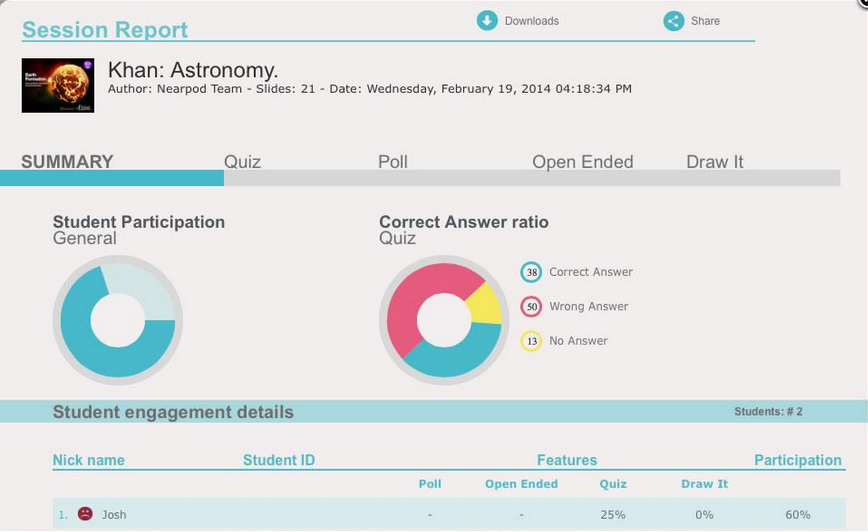Tuesday January 16, 2018
Welcome back to the Nerdy Teacher's Corner!
Today, we have a really fun lab prepared for the kids! The Flame Test lab will tie in together the Bohr diagrams they've been working on, the Electromagnetic Spectrum, and Light and Matter. The step by step lab can be found on my resources page which I will link below. However, I'll be discussing some specific things about this lab in the following blog!
Before introducing the lab, my mentor teacher used his Chemistry 2 class to set up the lab. They created a 1 Molar solution of Lithium Chloride, Barium Chloride, Strontium Chloride, Calcium Chloride, Copper (II) Chloride, Sodium Chloride, Potassium Chloride, and Sodium Borax.They were also required to create MSDS sheets for each station so that students knew how to clean up any spills or what to do in case of emergency.
I spent some time explaining to students what they were going to be doing in this lab. We left some wooden splints overnight in each of the solutions. Students would be using tongs to handle the splints and run them over the flame from a Bunsen burner. I explained to my students that when they handle the Bunsen burner, they needed to exercise caution. One of my students ended up getting burnt in my 4th period class because the flame had the oxygen portion (air hole) open all the way. The flame flickered onto her hand and ended up burning her. Thankfully, we were able to treat it immediately and she didn't end up with a blister. Below I have shown the parts of a Bunsen Burner for reference.
There was an additional lab station in the classroom that is not on the Flame lab. We added Iron Powder. In that part of the lab, students would be using a pipette to gather some iron powder into the pipette. At a distance, students would push out the iron powder into the Bunsen Burner. They shouldn't be putting the pipette into the Bunsen Burner. I know this sounds silly, but some students did this and melted the plastic pipette. Here are some of the videos of the kids performing the Flame Test. They would record what colors they saw. As you can see, some of the colors are absolutely beautiful!
In some of the videos, you'll notice that the students are dipping the wooden splints into a watch glass with some chemicals. I put out the solid chemical out for everything except Barium Nitrate.
There were a total of 11 stations throughout this lab. The 11th station was something a little different. At this station, students would have discharge tubes filled with different gases in each tube. Students will be able to observe the different atomic spectra different elements give off by using a diffraction disk or a spectroscope. We specifically used the spectroscope show in the image on the right. We don't have access to the high tech spectroscope at the school. However, the one on the right works just as well.


That's all I have for you today! Join me next time in
The Nerdy Teacher's Corner!
In some of the videos, you'll notice that the students are dipping the wooden splints into a watch glass with some chemicals. I put out the solid chemical out for everything except Barium Nitrate.
There are a couple safety issues that must be discussed with this station. The discharge tube should be handled with care. Students may throw the discharge tube back into the box and break them. I told my students that they cannot leave the discharge tube with the power source turned on for longer than 30 seconds. The reason is, when they go to take out the discharge tube (which should be handled with gloves or a paper towel) it may be hotter than students expected. They may drop the discharge tube and break it.
I have attached the pictures my students took of the atomic spectra. They were really smart and put the diffraction disk over their phone camera and got these images.
It was really awesome!


That's all I have for you today! Join me next time in
The Nerdy Teacher's Corner!






